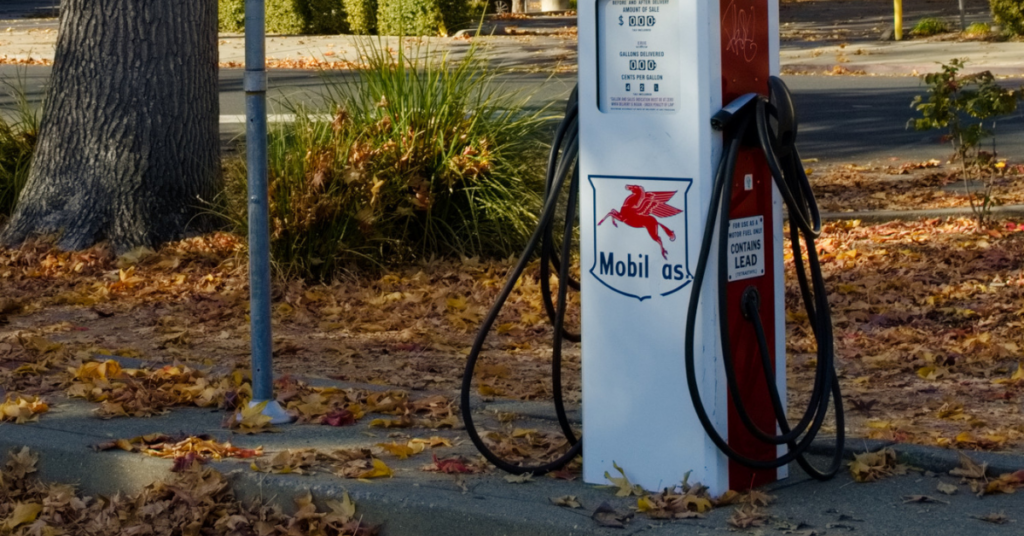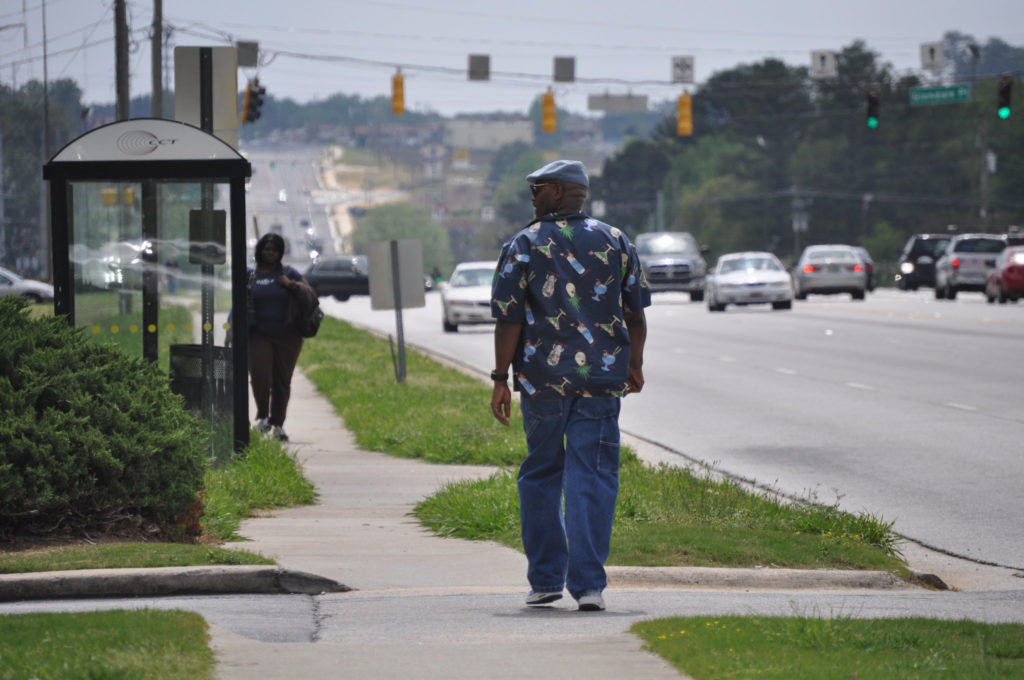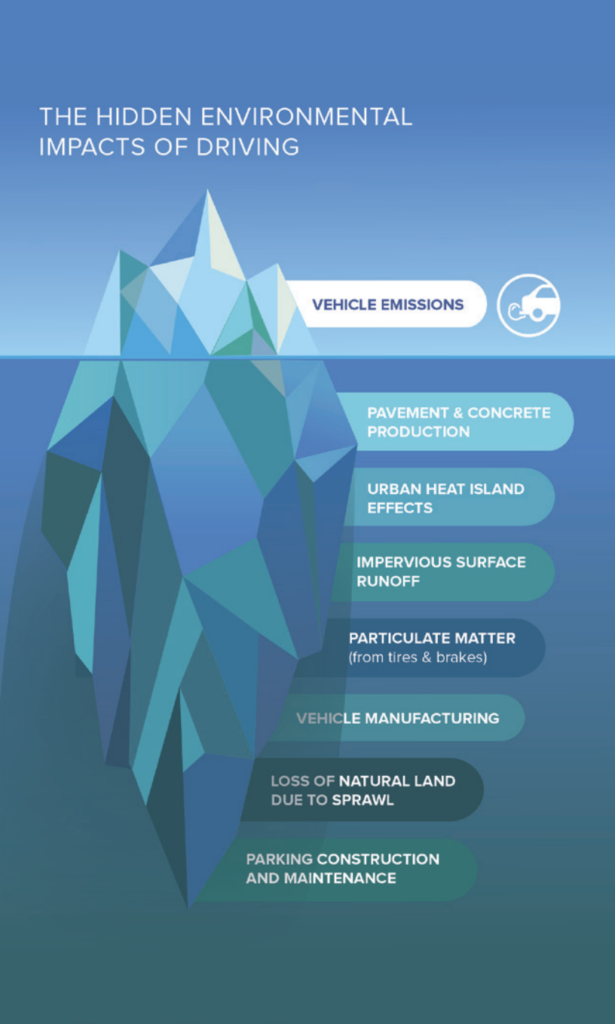
Electric vehicles are good for emissions, bad for advancing equity

Climate funders, electric vehicle industry groups, and environmentalists are rightly confronting the question of how to address equity in the electric vehicle space. They may not like the answer.

Converting the transportation fleet to electric vehicles is essential (but not sufficient) for us to meet greenhouse gas reduction targets that can limit the worst impacts of the climate crisis. As the crisis of social justice has also risen to the fore in the past several years, advocates for EVs are rightly looking for ways to address equity in how we deploy electric vehicles.
So how do we bolster equity in a significant way by increasing the adoption of EVs? The hard-to-hear answer is that we don’t. Other strategies must be paired with this transition to ensure that we don’t make existing inequities worse.
Cars are expensive to own and operate, full stop. The infrastructure that serves them is expensive and environmentally damaging, whether they are fueled by gas or electricity. Many people cannot drive due to age or disability. A transportation system in which everyone must drive to reach jobs and services is by definition one that is not equitable because it excludes many people from participating fully. Electric vehicles fail to fix these problems.

Building and maintaining lots of roads also produces significant climate impacts, generating emissions from the resources required and creating heat islands that exacerbate the impact of heat waves. Expanses of asphalt and concrete roads and parking lots also increase stormwater runoff and flooding, and use up a lot of land. Because they are heavier, tire friction from EVs releases even more particulate matter and micro-plastic pollution than equivalent standard cars which already has a disproportionate impact on low-income communities and communities of color.
Subsidies for EV purchase and EV infrastructure—expected to become even more prominent in the years ahead—benefit EV buyers, who skew wealthier and whiter. Cars are so expensive (even more so than a decade ago) that it takes a pretty big incentive to convince many people to switch over, especially lower-income people who are more likely considering a used vehicle if they’re buying one at all.
We do need to transition our vehicle fleet to electric vehicles, but the best way to fundamentally address equity (while also reducing emissions) is to focus on the affordable, healthier transportation options we already know how to provide: expanded public transit service (as we chronicled last week) and more safe streets for more people to walk, bike, and roll. Our Driving Down Emissions report provides the right framework to reduce greenhouse gas emissions while addressing equity, if equity is really the focus:
The good news is that, when paired with other strategies, we can make a significant dent in the growth of emissions simply by satisfying the pent-up market demand for affordable homes in the kinds of walkable, connected communities where residents drive far less each day than their counterparts in more sprawling locations. And providing these more affordable homes would help make the transition to a lower carbon economy in a way that doesn’t place a heavier burden on those with less means.
EVs, while important for reducing emissions, just aren’t the right arena for tackling transportation equity, which is why it’s so important to pair significant and historic investments in expanded public transit and safe streets along with any investments in the transition to electric vehicles. Improving transportation options will also have positive impacts on public health and the environment in historically marginalized communities, which already deal with staggering levels of pollution from transportation and other sources, as chronicled in last week’s devastating map of industrial pollution from ProPublica.
Having to buy a brand new car isn’t the only way to transition out of an older, gasoline-powered, polluting vehicle—or minimizing their use. Making more trips possible by transit, walking, biking, or rolling would bring significant positive impacts on our climate goals.
In a second post, we’ll take a closer look at some specific ways to ensure that the transition is as equitable as possible.



